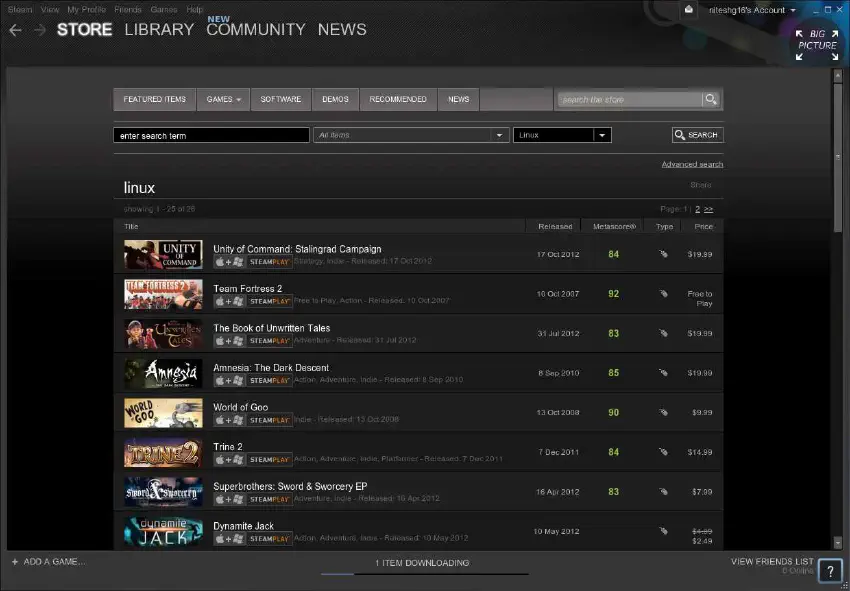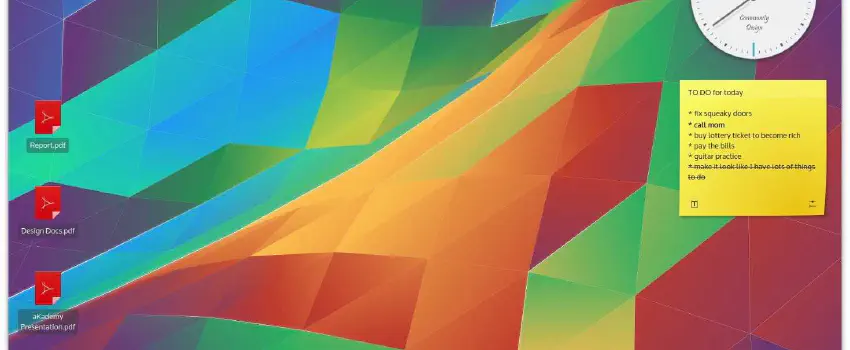
Linux on Notebook Experiment Failed (for now)
I could not make it last. Farewell Ubuntu. I tried to convert to Linux my Lenovo Yoga Pro 2 laptop. Mostly because I was not using any particular Windows software and I have a particular pro-FLOSS interest. The lack of drivers and weird behaviors was taking too much of my time. I had to switch back to Windows 10 in order to make it a bearable experience. It is a major step back in my personal goal to make my life fully libre and grátis software world.
Drawbacks
Among the problems I faced:
- Sound drivers were lacking functionality:
- The max volume were super low to the point it was impossible to watch a movie in the notebook.
- **KDE **with poor HDPI support. Well, it was not perfect in Windows either, but in Linux most programs, texts and interface were very distorted. I had eventually to reduce the resolution to something more normal, missing one of the major selling points of this machine.
- Lenovo has as proprietary energy manager software. If you mostly use the computer plugged, it caps the battery maximum level to 60%, the optimal level for preservation. The software is Windows-only, so I could not revert it to normal mode; consequently, during commute the notebook died quite soon.
- Due to a hardware problem, the yellow color is displayed wrongly on the display. It is only corrected using the infamous proprietary energy manager.
Pros

But there was not only drawbacks. There were some nice points to highlight:
- Steam worked nicely. All games I have installed worked nicely. The only concern was the huge resolution from the notebook (native 3200 x 1900)
- The (K)Ubuntu desktop ecosystem is getting even more complete and versatile. The old odd software are now finely maturing.
- I tried used regular Ubuntu, but the Unity UI is horrible for me.
Of course the drawbacks surpassed the pros for me. But I think that it could change in a future, with newer Linux/KDE versions and better hardware vendor support.











